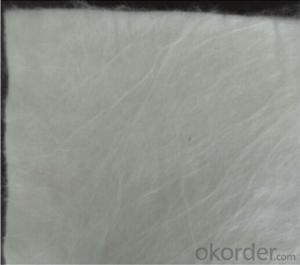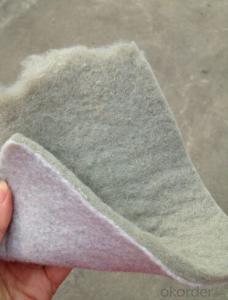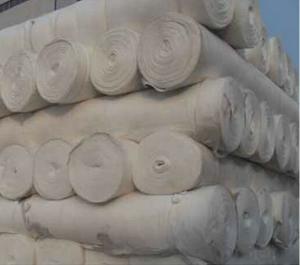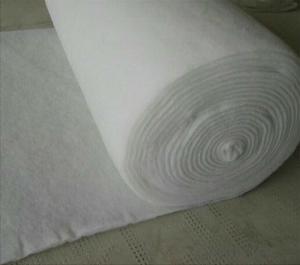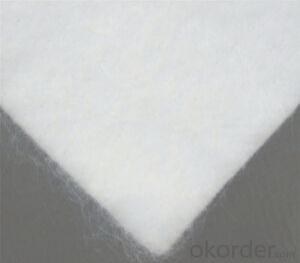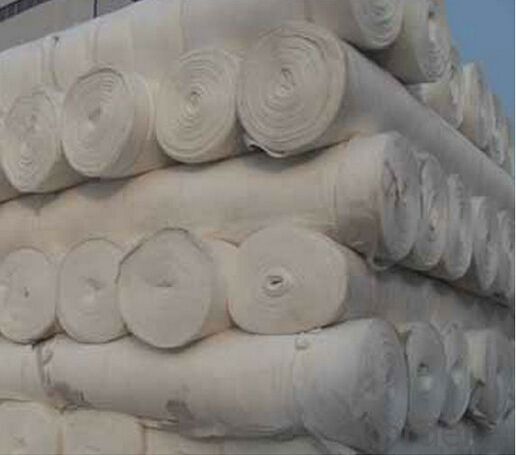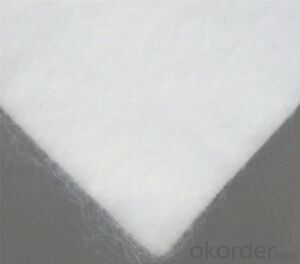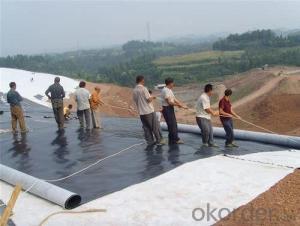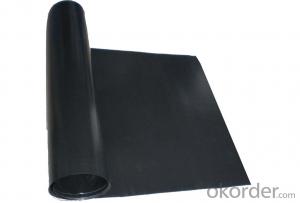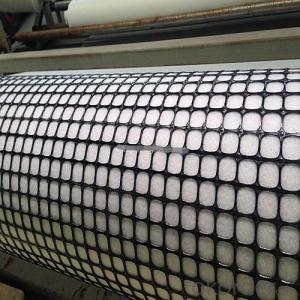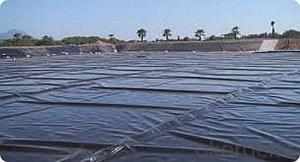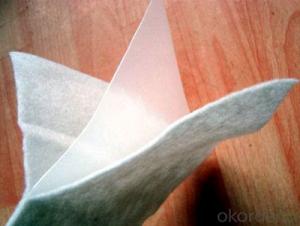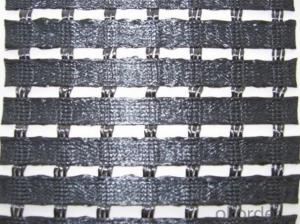High Quality Nonwoven Geotextile Professional Interlock Biaxial Geogrids Geotextile Membrane for Sale
- Loading Port:
- Qingdao
- Payment Terms:
- TT OR LC
- Min Order Qty:
- 5000 m²
- Supply Capability:
- 2000000 m²/month
OKorder Service Pledge
OKorder Financial Service
You Might Also Like
Nutrition geotextile in water environmental engineering .
Specification:
1) Weight / Mass: 100g/m2-1500g/m2
2) Width: Within 8 m (1m-8m)
3) Length: 50m-100m/roll (as request)
4) Material: PP / PET
5) Color: Black , white , grey and other color
6) Certificate: CE/ISO9001 , ISO14001
7) Manufacturing method: nonwoven / woven
8) The Biggest geotextile manufacturer/factory in China for many years
Product Feature:
1. Simple and fast construction
2. Achieve the greening effect quickly after construction
3. Due to the grass and composite fiber fabrics become into one integration, so it has the ability of certain degree of flow resistance for the water rising before the grass survive.
4. Composite fiber fabric is a continuous structure from slope top to slope toe, both ends are fixed, has high water flow resistance.
Technical Specification
5.0 m length and 1.05 m width. Reverse side all used filter material. Grass seeds: Bermuda grass (warm season grass), Bahia grass (warm season grass), Kentucky bluegrass (cold season grass), Tall fescue grass (cold season grass), Red fescue grass (cold season grass). Plant height: 0.1 ~ 0.5 m.
| NO. | Items | Specification | Notes | |||
| 1 | Total unit area weight g/sq.m | ≥380 | ||||
| 2 | dimension | width m | 1.0~2.0 | |||
| length m | as per user’s request | |||||
| 3 | Composite fiber fabrics | Material | Polyester Fiber | High strength PET | ||
| Unit area weight g/sq.m | ≥160 | |||||
| Mesh dimension mm | 8×8 | |||||
| Extension strengh kn/m | ≥11 | MD & CD | ||||
| 4 | Filtra layer | Material | Polyester non woven geotextile | |||
| Unit area weight g/sq.m | ≥40 | |||||
| 5 | Grass seeds, Fertilizer | Type | According to actual situation choose 3~5 grass seeds | |||
| Plant height m | 0.1~0.3 | |||||
| 6 | Fiber layer | Material | wood pulp cellulose | |||
| Unit areaweight g/sq.m | ≥15 | |||||
| 7 | flow resistance | ≥4 | not allow appear scour, suction and blanket turn-over etc. damage phenomenon | |||
| M/s | ||||||
| 8 | Anti-UV strengh conservation rate % | 65~80 | 3000hrs Continuously exposure 3000hrs | |||
| 9 | Supporting spare parts | ABS fastening nail | Material | ABS Resin | Fixed between two blankets by length direction | |
| Fiber diameter mm | 35 | |||||
| Nail length mm | 325 | |||||
| Lnail | Material | Steel wire (content 10% zinc-aluminium alloy) | Used to fix single blanket | |||
| Fiber diameter mm | 4 | |||||
| Nail length mm | 200 | |||||
| ABS connecting nail | Material | ABS Resin | Used in the slope between the two blankets ( width direction) | |||
| Nail length mm | 38 | |||||
| Connecting fiber | Material | High strength Polypropylene | Used in the slope between the two blankets ( width direction) | |||
| Length mm | Cut as per request | |||||
APPLICATION:
Generally laid on the river channel, slope protection etc. slope revetment projects, to control the water erosion, soil loss, meantime can reach the effect of slope ecological restoration and landscape greening, making river back to natural.
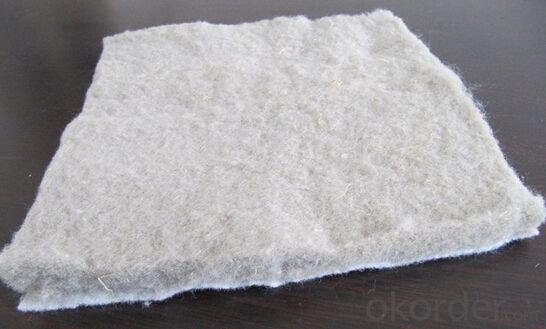

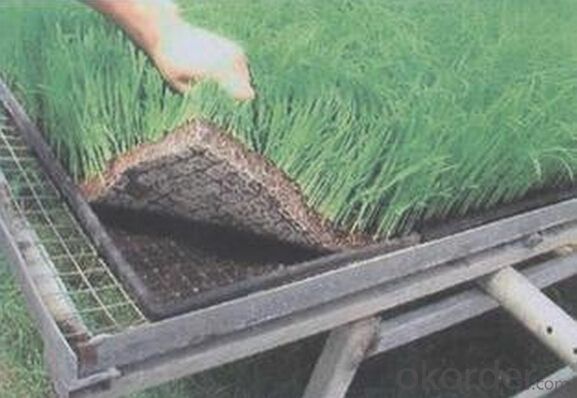

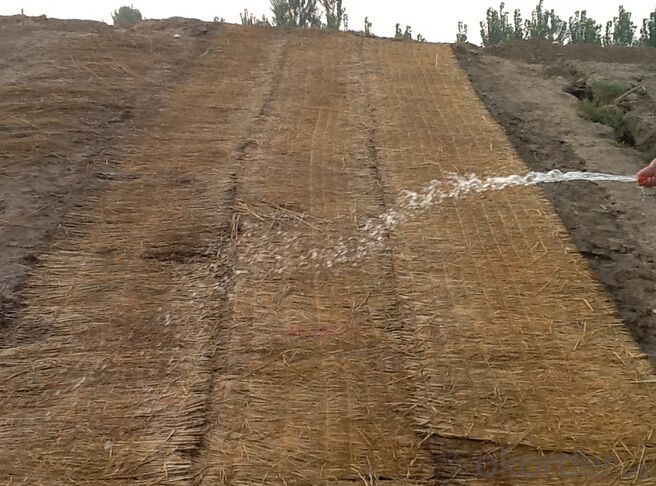
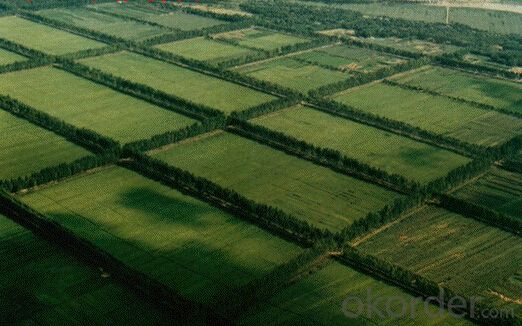
- Q: Can geogrids be used in soil stabilization for airport runways?
- Yes, geogrids can be used in soil stabilization for airport runways. Geogrids are commonly employed in civil engineering projects, including airport runway construction, to enhance the stability and load-bearing capacity of the soil. They are effective in preventing soil erosion, reducing settlement, and improving the overall performance of the runway by distributing loads and reinforcing the soil.
- Q: Are geogrids resistant to chemicals and environmental degradation?
- Yes, geogrids are generally resistant to chemicals and environmental degradation. They are designed to withstand exposure to various chemicals, including acids, alkalis, and solvents, without significant degradation. Additionally, geogrids are typically manufactured using high-strength polymers that are resistant to UV radiation, biological degradation, and other environmental factors, ensuring their long-term durability and performance.
- Q: What are the specifications of unidirectional geogrid?
- It is divided into one way polyethylene geogrid and one way polypropylene geogrid. According to the tension, TGD
- Q: How do geogrids improve the performance of geotextile containers?
- Geogrids improve the performance of geotextile containers by providing additional tensile strength and stability to the structure. They reinforce the geotextile material, preventing it from stretching or sagging under the weight of the contained materials. This enhances the container's ability to retain its shape, withstand external forces, and overall improves its structural integrity.
- Q: PA66 plus 30% glass Shrink is how much
- The main function of engineering plastics used in automobile is to make the automobile lightweight, so as to achieve the purpose of fuel saving and high speed. Developed countries will be used as an indicator of the amount of automotive plastics as a measure of the level of design and manufacture of automobiles, the world's largest automotive single plastic consumption is Germany, plastic consumption accounted for 15% of the overall material. In recent years, China's rapid development of automobile industry, the automobile annual output of more than 4 million vehicles, according to the prediction of foreign plastic content, the automotive industry using modified plastics in more than 500 thousand tons, of which the engineering plastics accounts for a large proportion of the five engineering plastics, performance characteristics of different purposes, in the car also there is emphasis on.
- Q: How do geogrids improve the performance of geocell-reinforced slopes for erosion control?
- Geogrids improve the performance of geocell-reinforced slopes for erosion control by providing additional strength and stability. They help distribute the load evenly across the slope, preventing soil movement and reducing erosion. Additionally, geogrids increase the frictional resistance between soil layers, enhancing the overall slope stability and preventing soil slippage.
- Q: Are geogrids resistant to temperature variations?
- Yes, geogrids are generally resistant to temperature variations. They are designed to withstand a wide range of temperatures, from extreme cold to high heat, without significant degradation.
- Q: What are the factors that affect the installation and survivability of geogrids in cold climates?
- The factors that affect the installation and survivability of geogrids in cold climates include the ground temperature, frost heave, freeze-thaw cycles, and the type of soil. Cold temperatures can make the installation process challenging as the ground may become frozen, requiring additional measures to thaw the soil for proper installation. Frost heave, which occurs when water in the soil freezes and expands, can impact the stability and effectiveness of geogrids. Freeze-thaw cycles can also cause damage to the geogrids over time. Additionally, the type of soil, particularly its moisture content and drainage characteristics, can influence the performance and durability of geogrids in cold climates.
- Q: Can geogrids be used in reinforcement of soil-bentonite mixtures?
- Yes, geogrids can be used in the reinforcement of soil-bentonite mixtures. Geogrids are commonly used in geotechnical engineering for soil stabilization and reinforcement. They can improve the tensile strength and overall stability of soil-bentonite mixtures, making them a suitable choice for reinforcement purposes.
- Q: How do geogrids help in reducing construction material consumption?
- Geogrids help in reducing construction material consumption by providing reinforcement to the soil, allowing for the use of less material in the construction process. They increase the strength and stability of the soil, enabling the use of thinner layers of construction materials such as aggregates or concrete. This results in cost savings and reduced environmental impact due to the reduced use of materials.
Send your message to us
High Quality Nonwoven Geotextile Professional Interlock Biaxial Geogrids Geotextile Membrane for Sale
- Loading Port:
- Qingdao
- Payment Terms:
- TT OR LC
- Min Order Qty:
- 5000 m²
- Supply Capability:
- 2000000 m²/month
OKorder Service Pledge
OKorder Financial Service
Similar products
Hot products
Hot Searches
Related keywords
